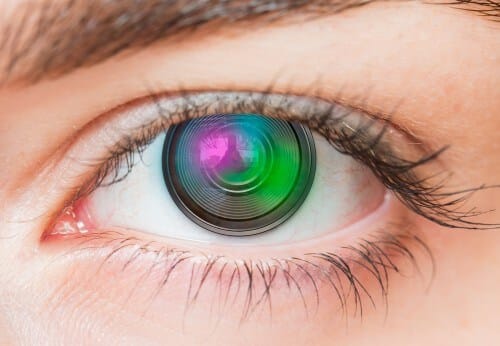The method offers a new way to relieve the pain of inflamed joints, allow artificial joints to function smoothly and even improve the comfort of contact lenses.

[Translation by Dr. Nachmani Moshe]
By finding a way to utilize a slippery molecule naturally found in the fluid surrounding healthy joints, researchers have been able to develop surfaces capable of providing long-term lubrication at specific points in the body. The method offers a new way to relieve the pain of inflamed joints, allow artificial joints to function smoothly and even improve the comfort of contact lenses.
The findings were published in the scientific journal Nature Materials. According to the researchers, scientists have known for a long time that a biochemical known as hyaluronic acid (hyaluronic acid, Wikipedia) which is abundant in the lubricating fluid produced in the joints, is an important component for cushioning natural tissues. One form of this acid also reduces inflammation and protects cells from metabolic damage. Infected, damaged or worn joints in the hips, knees, shoulders and elbows often contain low concentrations of the acid, probably due to the fact that a protein that binds the acid molecules to the surface of the joints is no longer able to keep the acid where it is needed. Injections of hyaluronic acid into painful joints, known as viscosupplementation, have become a popular method for treating painful joints in recent years. However, without finding a way to keep the acid in that place, the body's natural cleansing processes will soon remove it.
In an attempt to solve this problem, a team of researchers from Johns Hopkins University led by Professor Jennifer H. Elisseeff looked for molecules known as hyaluronic acid-binding proteins that stick to the acid. The researchers used these proteins as a chemical handle and utilized another synthetic molecule, polyethylene glycol, in order to bind the hyaluronic acid to surfaces that include natural and artificial cartilage.
Studies in tissues and in the body have shown that the bound hyaluronic acid is not easily removed from the body, and that it reduces friction as successfully as in the case when these tissues are immersed in a bath of hyaluronic acid. When the researchers injected the acid-binding proteins into the cartilage in the knees of rats and then the hyaluronic acid, the acid stayed in place 12 times longer than the rats that were not injected with the proteins, indicating that these proteins could be effective viscosity supplements.
Although more research is still needed regarding this substance before it can be used by patients, the researchers emphasize that it is another way in which researchers can turn to and learn from nature in their search for solutions to medical problems. "What I liked about our idea is that we mimic the natural functions that are lost when synthetic materials are used," says the lead researcher.
The news about the study

One response
Propylene glycol creates an allergic and immune reaction after prolonged exposure of several months.
Any protein that is not a native component that the system recognizes will create an immune response.